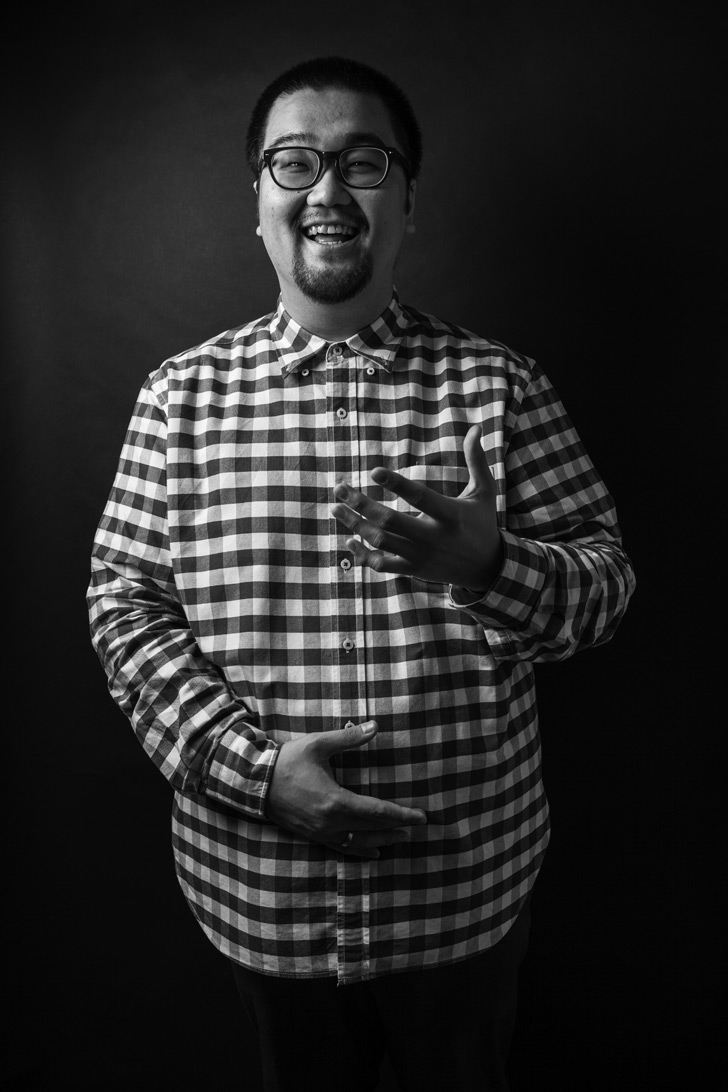
Ang Song Nian, Singapore
Humanity is often at the centre of Ang Song Nian’s art, though it’s rare to find any people in his photography. Instead, his work explores spaces and places where the remnants of human activity linger or which have been shaped, in some small way, by human presence – a felled clearing, a makeshift roadside tent, a brick wall demarcating property. This graduate of Camberwell College at London’s University of the Arts has been exhibited at Spain’s Photo España Festival, the Dali International Photo Festival in China and Singapore Art Museum. He told the Art Incubator’s website: “I believe that as much as people have constructed their surroundings to suit their needs, their own characteristics and personality have also been transformed and affected by their spatial environment.”
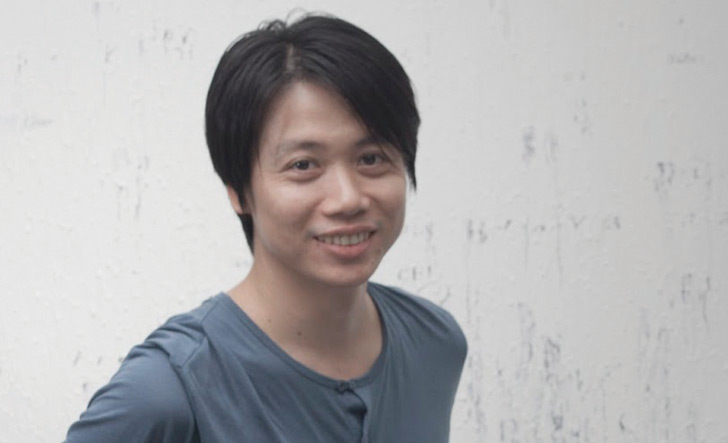
Chong Kim Chiew, Malaysia
Chong Kim Chiew majored in oil painting at the Guangzhou Academy of Fine Arts in China and, for much of his career, this has been his preferred medium. However, his work has begun to move in a fascinating new direction recently as he explores installations that he believes capture the “attitude” that is so crucial to contemporary art. In his installation work, he employs all manner of materials in the belief that their meaning varies depending on the environment. This was elegantly demonstrated in his most recent exhibition, at this year’s Art Stage Singapore, where his “Badminton Court” work invited people to play a game on a full-sized court, although a barbed wire fence replaced the standard net in an exploration of boundaries and isolation.
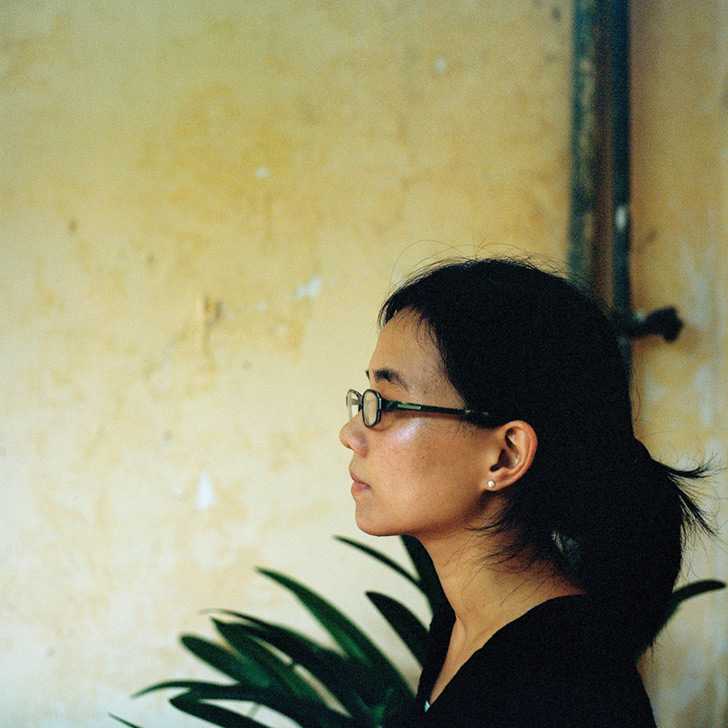
Nguyen Trinh Thi, Vietnam
The recipient of a master’s in journalism and photography from the University of Iowa, US, Hanoi-based experimental filmmaker Nguyen Trinh Thi casts her net wide when putting together her often-dreamlike vignettes and documentaries. From video and photographs she shot herself to those appropriated from sources such as corporate videos, press photos and classic films, her work is an uncategorisable blend of installation, video art, performance and film. Her most famous documentary work is “Love Man Love Woman”, which explores homophobia and the lives of gay men in Vietnam. As well as being exhibited internationally at events such as the Singapore and Jakarta biennales, Thi founded, directs and heads courses at Hanoi Doclab, a centre for documentary filmmaking and video art in Hanoi.
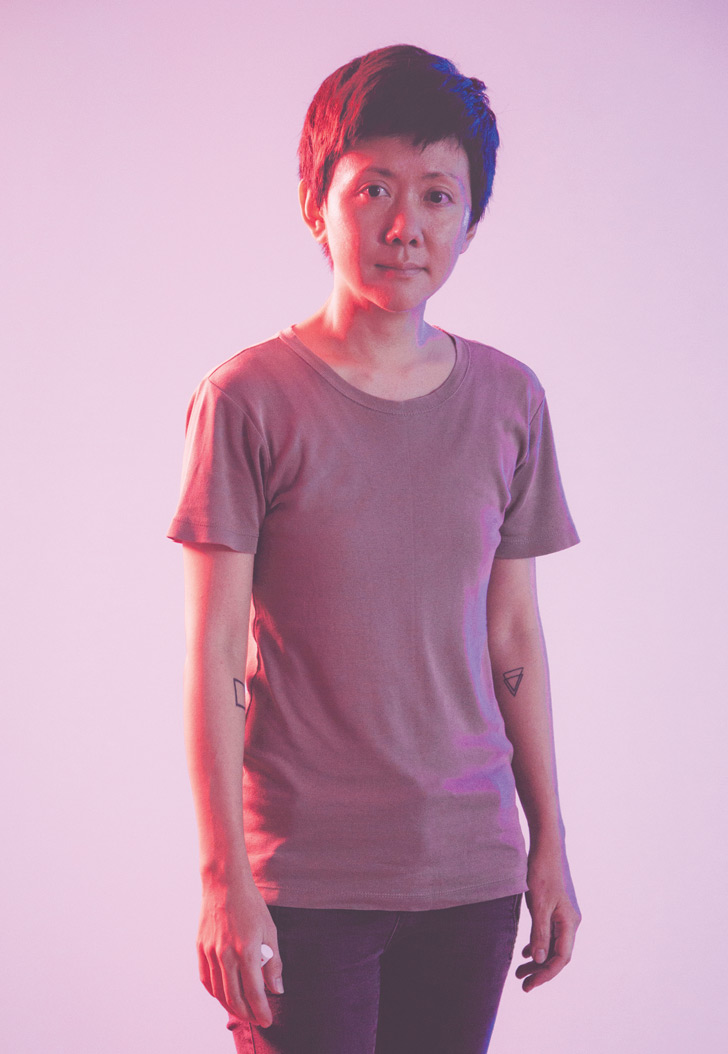
Piyarat Piyapongwiwat, Thailand
Piyapongwiwat is comfortable using a variety of forms of media, including video, text and photography, which could be down to an educational background that includes a BA in communications from RMIT University in Melbourne, Australia, and a Bachelor of Fine Arts (BFA) from Montpellier’s famed Ecole Supérieure des Beaux-Arts de Montpellier Agglomération in France. Concerned first and foremost with contemporary social and anthropological issues, she focuses particularly on subjects such as gender, sub-cultures and globalisation. Her 2015 work “Messages From Nowhere to Nowhere”, for example, involved the collection of numerous ‘voices’ of people on the street in Pattaya, from bar owners and sex workers to Khmer immigrants. Piyapongwiwat subsequently broadcast their words onto the sides of the city’s buildings in large, neon colours, presenting sentiments such as “Why don’t we make prostitution legal?” to the public and giving a voice to the voiceless.
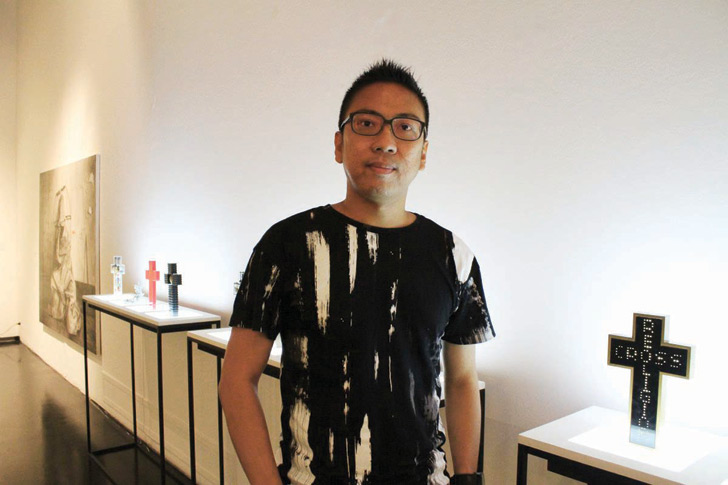
Aditya Novali, Indonesia
Novali was an early starter. At seven years old, he was performing in his native Indonesia as a dalang cilik, or child puppet master; by 14 he had his own solo exhibition at an arts centre in Yogyakarta. Nowadays, his work is certainly influenced by his master’s studies in conceptual design. Often playful and lighthearted, his pieces focus on socio-political criticism, using elements of design and engineering that invite the viewer to engage and, sometimes, participate. His 2014 work, “Project NGACO – Solution for a Nation”, for example, saw him create a fictional brand of industrial materials, including bricks, hard hats and bags of cement. Each product displayed inconsistencies in terms of length, weight and volume – a wry commentary on haphazard construction standards in his home country.


